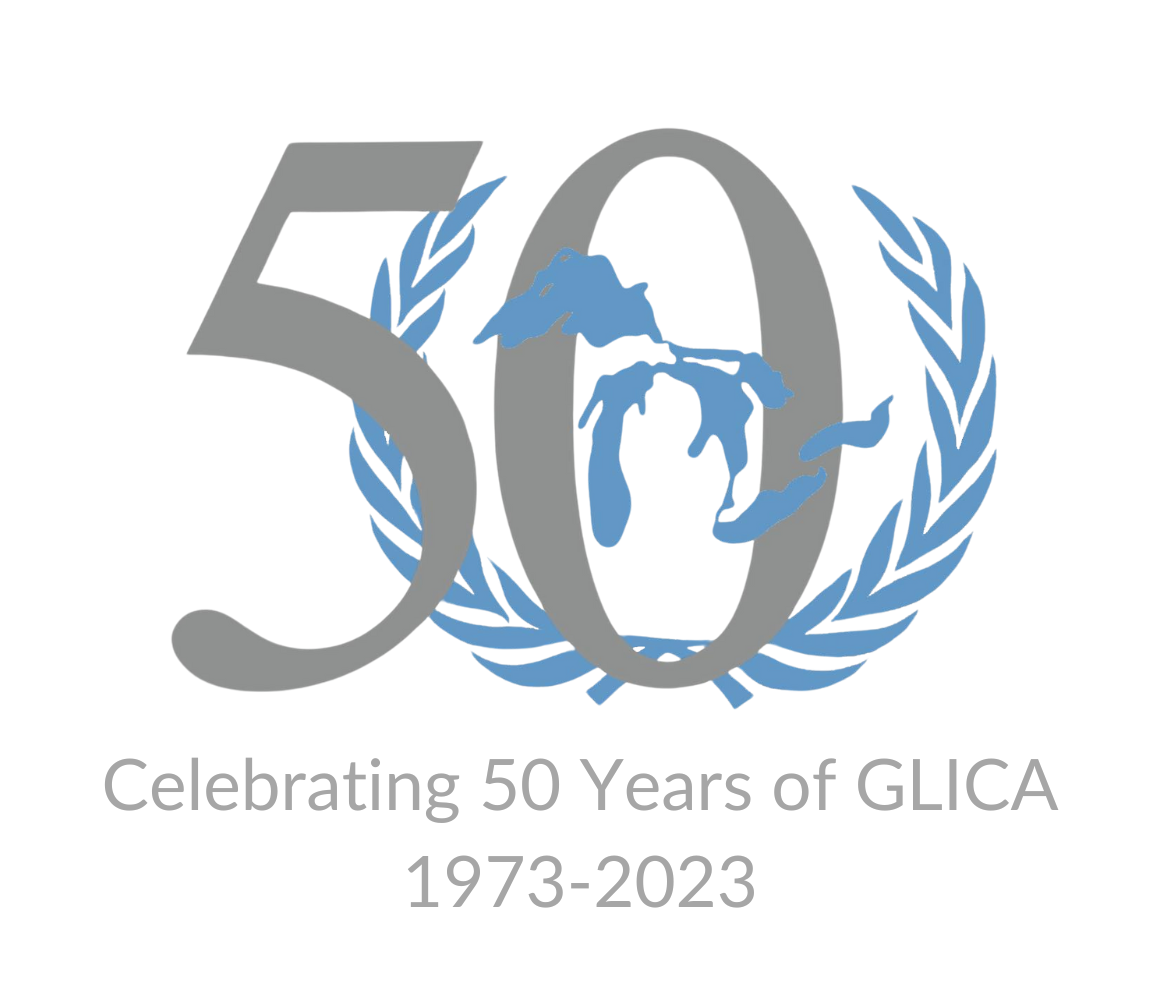Today the global average surface temperature is approximately 1°C warmer than pre-industrial levels. The Paris Agreement and the Intergovernmental Panel on Climate Change (IPCC) have set the goal to limit global warming to 1.5°C in order to curb the worst effects of climate change. In order to reach that goal, the world must achieve net zero carbon emissions by 2050 and significantly reduced emissions by 2030. The production of electricity and heat accounts for an estimated 31% of worldwide greenhouse gas emissions. In 2021 the main sources of global electricity production were approximately 36% coal, 22% gas, 15% hydropower, 10% nuclear, 10% wind and solar. Wind, solar, hydro, and nuclear power do not rely on burning fossil fuels and therefore are low-carbon electricity sources.
At present there are no efficient and economically viable methods for storing energy on the scale of entire energy grids, though this is a topic of ongoing research. In order to meet the demand for energy within a particular system, its operators must adjust the output of electricity generation. This is a challenge in the transition to low-carbon energy generation. Wind and solar have a variable output; scientists and engineers cannot precisely project the quantity of electricity that specific solar panels or wind turbines will generate in a particular time period. Solar generates power during the day, however a greater portion of energy demand is in the evening and at night. Today most nuclear power plants operate to generate a consistent supply of electricity, meaning that the amount of electricity generated each hour and each day is always the same. However, nuclear power plants can be designed or retrofitted to generate electricity on a flexible basis.
At present 32 countries are using nuclear power as part of their energy portfolio, and about ten additional countries are planning and building new nuclear programs. Of existing nuclear power plants, almost two thirds are more than 30 years old. These will face challenges in safety extending their operational life. Financing the creation of a new nuclear power plant is considered a risky investment. Building a nuclear power plant requires a significant upfront cost and can take between 10 and 20 years from the beginning of planning to the start of operation and power generation. Once a plant is operational, the costs of operation and maintenance are relatively low. However, the market price of electricity can be variable which creates additional financial risk. Combined with the logistical and environmental concerns of sourcing nuclear fuel and storing nuclear waste, there are many unanswered questions as to just how much of a role nuclear energy should play in future energy portfolios.
Further Reading:
IAEA – Nuclear Power and Climate Change: Decarbonization:
https://www.iaea.org/topics/nuclear-power-and-climate-change
IAEA – UAE Combats Climate Change with Nuclear Power and Shares Its Experience:
https://www.iaea.org/bulletin/uae-combats-climate-change-with-nuclear-power-and-shares-its-experience


